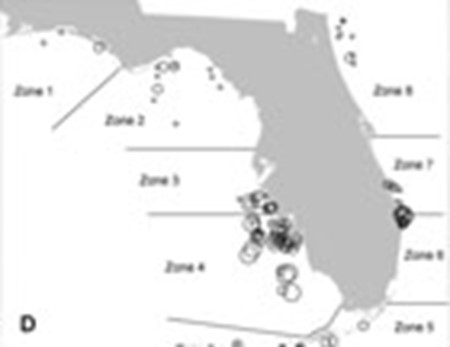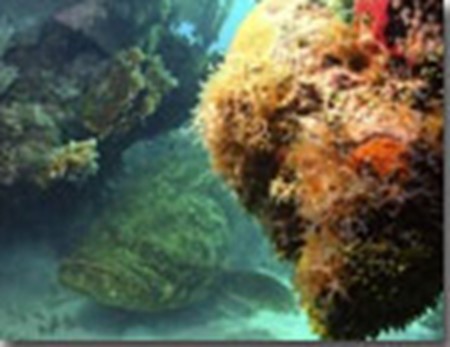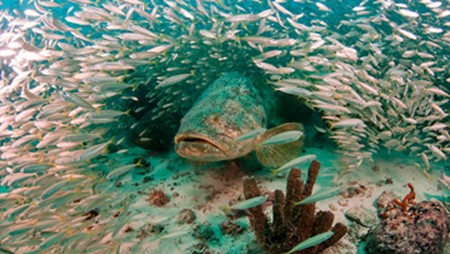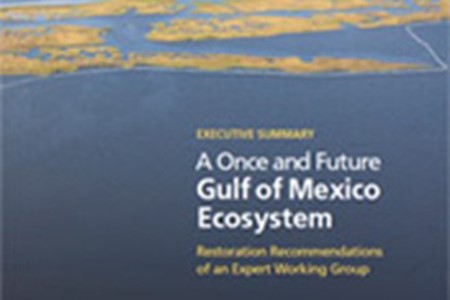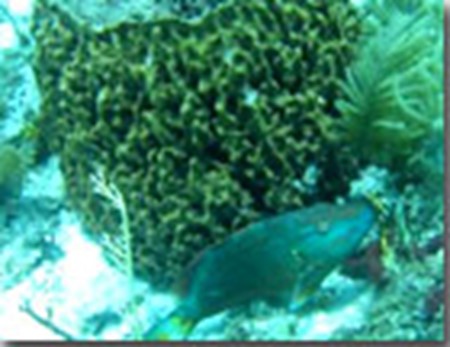FSUCML faculty Christopher Koenig and Felicia Coleman's research, which synthesized data from over 30,000 surveys to map goliath density across space and time, shows that the recovery of the species is concentrated off the southwest coast of Florida. This research as well as Koenig and Coleman's new investigation will provide more insight into the impact and successes of the 1990 goliath grouper fishing ban.
Goliath grouper's comeback creates conflict
As the critically-endangered goliath grouper become more visible in Southwest Florida waters, fishermen are increasingly asking for the right to fish them again. Regulators, however, say science has not shown that the species can handle the fishing pressure. Data on the fish is weak; both their current and historical populations in the region are unknown. The extent of the population increase as well as the viability of a limited goliath fishery is currently under investigation by FSUCML faculty, Christopher Koenig and Felicia Coleman, in a new three year study.


